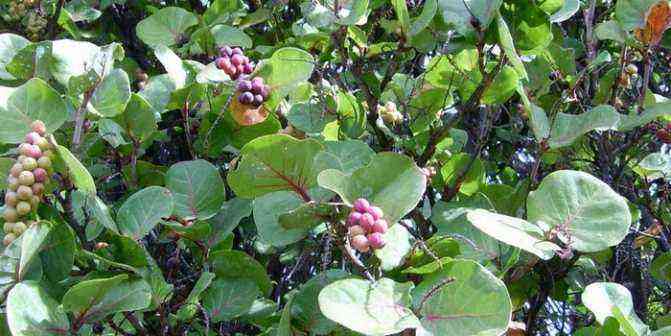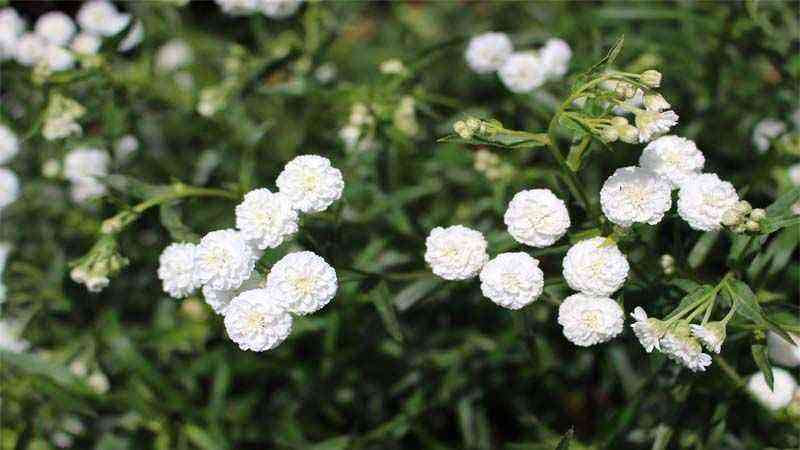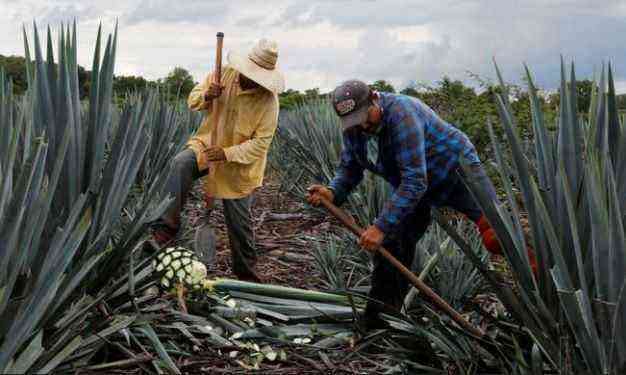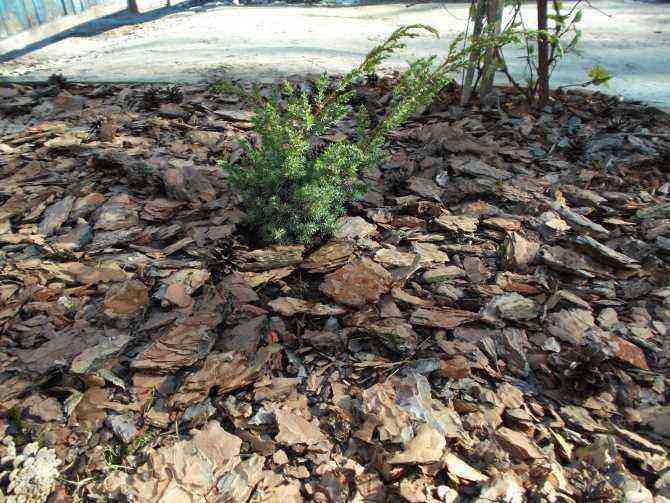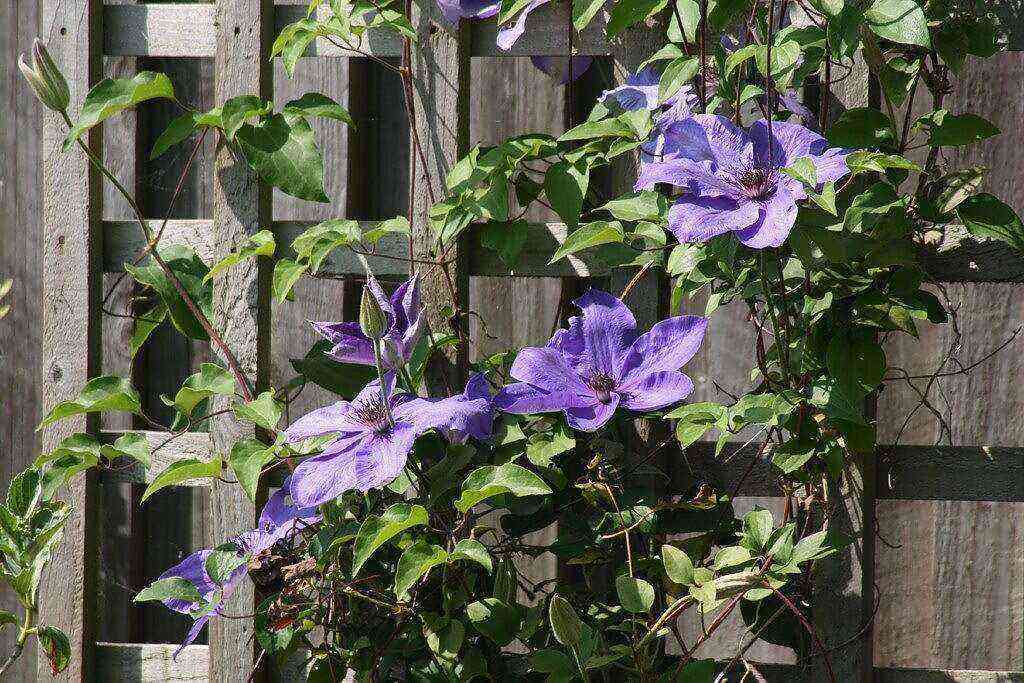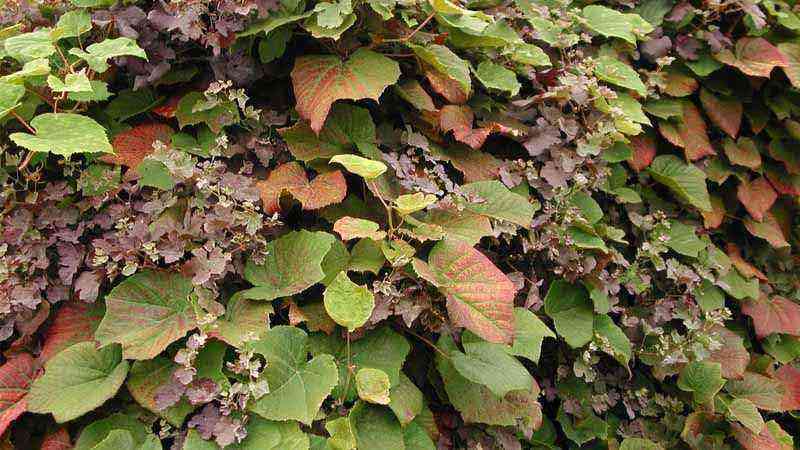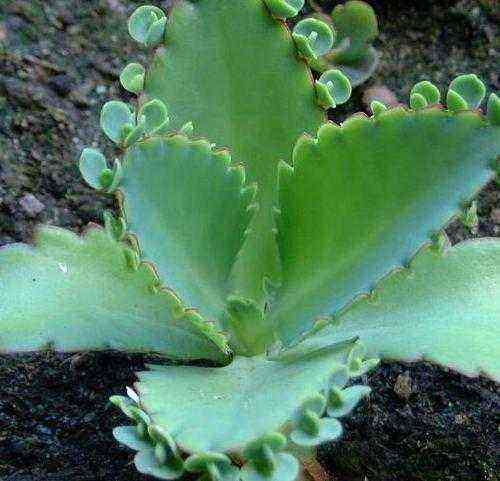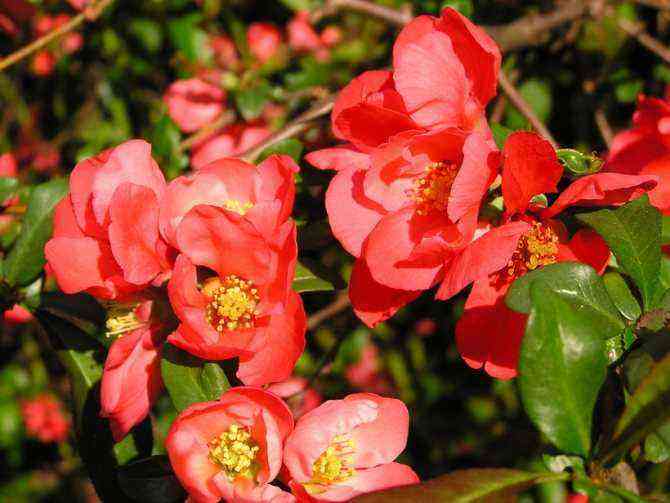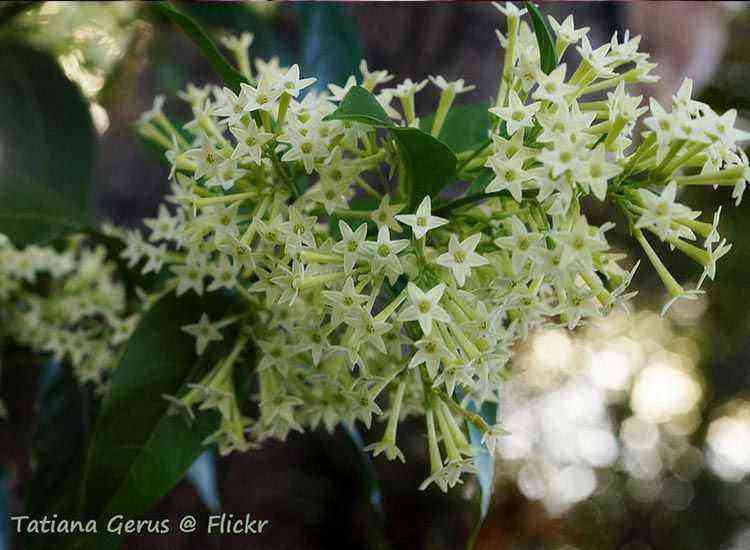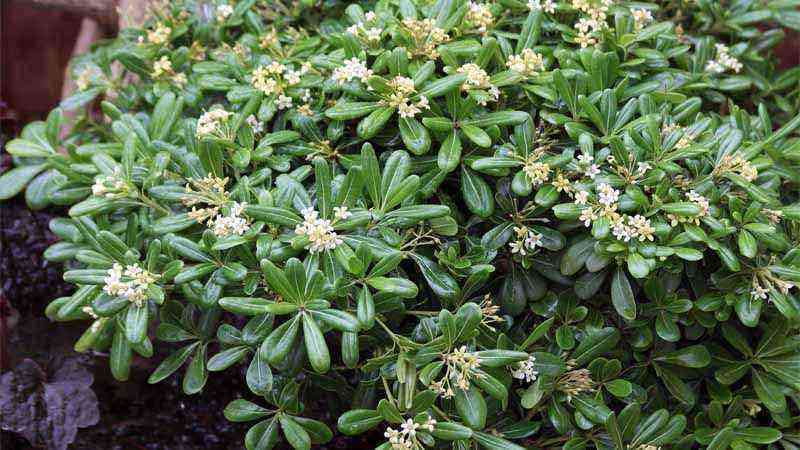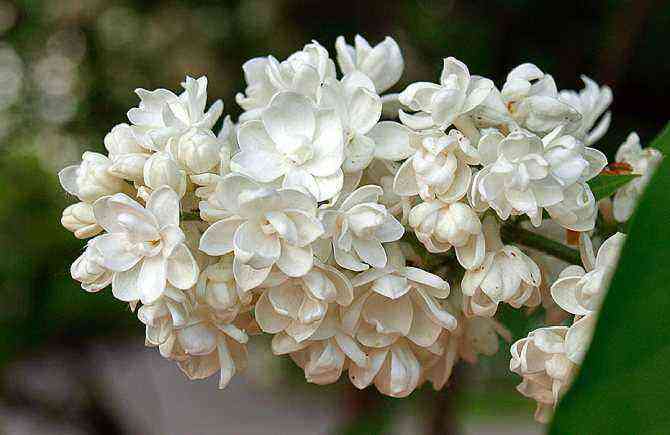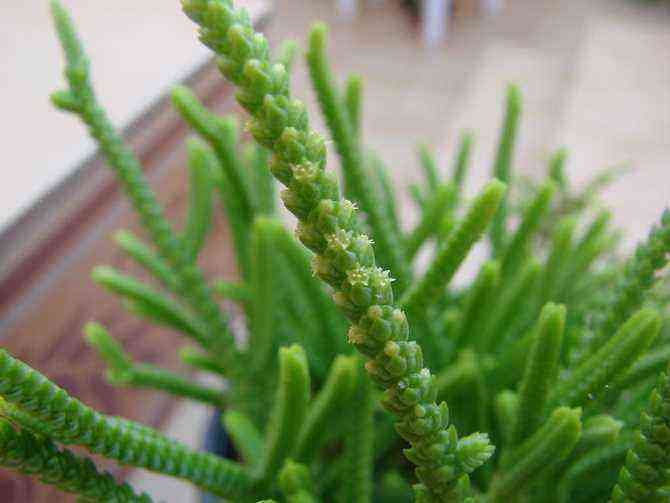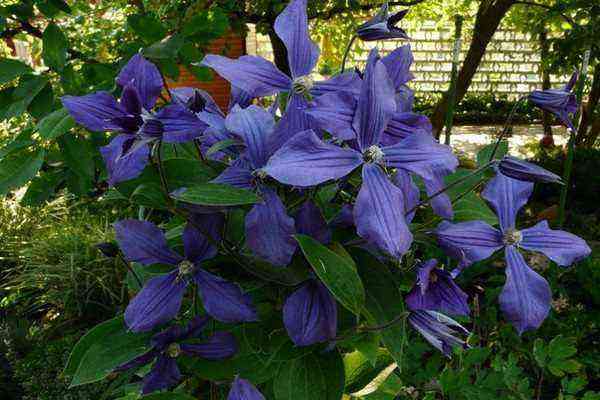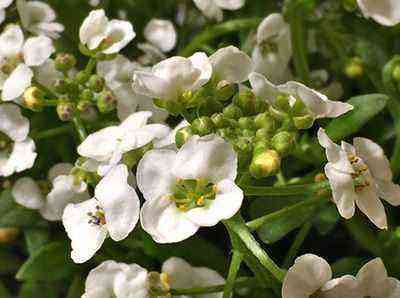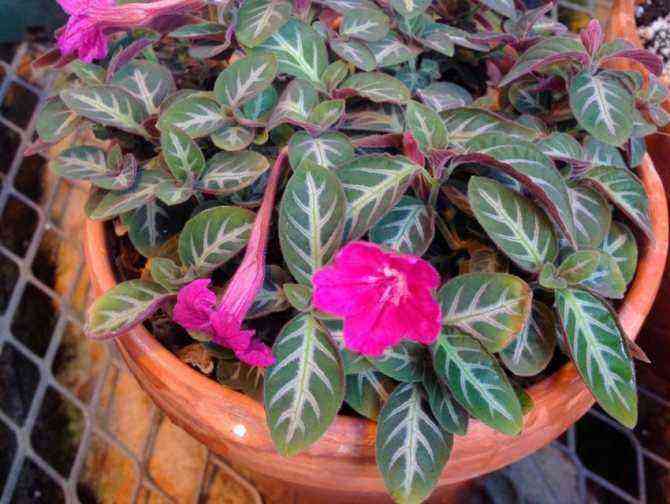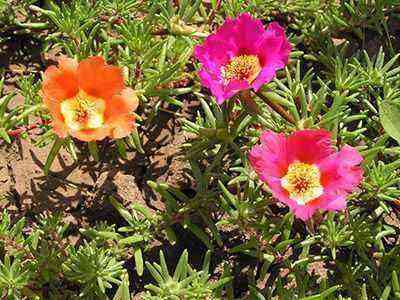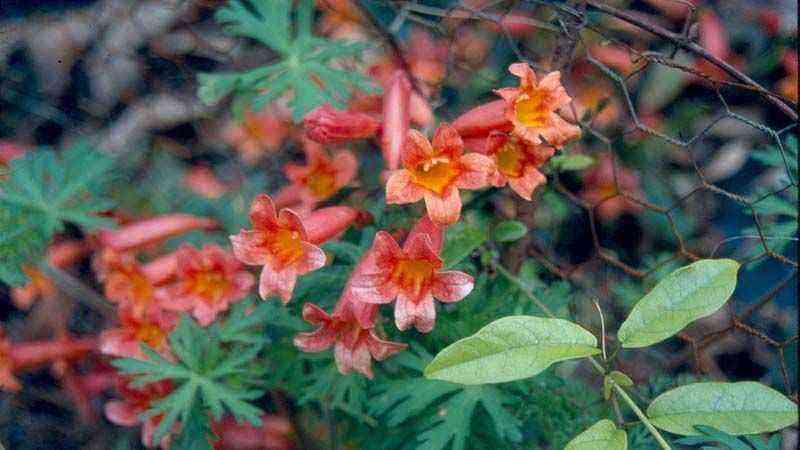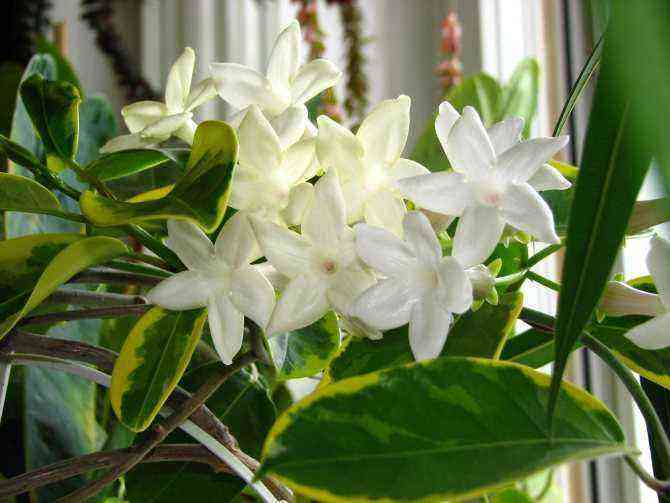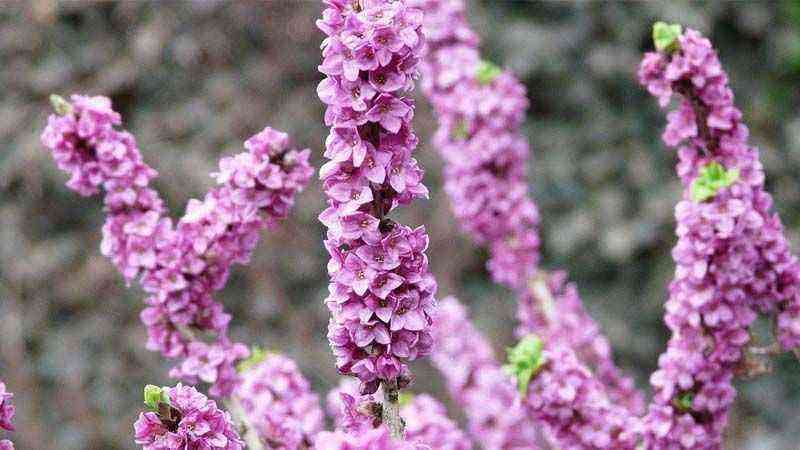Although it is also known as Turkey mucus, for my taste it is better for Fox tail o cat’s tail. It will not go unnoticed wherever you place it in your home. The inflorescences, as colorful as they are different from the type of flower we usually have on our heads, will arouse the curiosity of more than one.
Origin of the foxtail plant (Acalypha hispida)
In particular, I did not know about the plant until recently, when a friend told me about it. I thought it was fantastic and I started to do some research to share it with you.
His scientific name is Acalypha hispida. How could it be otherwise, a plant that draws our attention due to “unusual” shapes and bright colors, a plant whose origin will be, most of the time, from places as far away as exotic.
Specifically, the fox tail has a diffuse origin and it is believed that it may have come from Malaysia. Its long and hanging spikes full of tiny flowers of colors between red and fuchsia, will undoubtedly become one of the centers of attention wherever we have it. Of course, not everything is forever. When flowering ends, we give way to a lush broad-leaved plant and long that will not go unnoticed either.
Although from Agromática we encourage you to keep it for more than one season, we tell you that it is not one of those easy to maintain plants. Pull delicate and pass as with the poinsettia. As soon as the color disappears, we forget about its care.
Care and recommendations Acalypha hispida
Temperature
Normally, these plants not so hard and from origins with very different climates, tend to do well indoors with the usual temperatures of a home. Within the range of 18-22ºC you will be comfortable. Be very careful in the north with powerful heaters whose temperatures can rise up to 24ºC. It can be hurt, but more than the temperature, it is usually because of how dry the environment is with the heating. Pay attention to the cold currents of air.
Substratum
Well drained, loose, light and rich in nutrients. It is a plant with a high demand for nutrients in the substrate. A mixture of equal parts peat, sand, and well-decomposed mulch is a good mix. It prefers a small pot, so when you transplant it, we recommend that you do it in a pot only a little larger than the current one.
Irrigation
Frequent, but not abundant. It is preferable to dose it than to add a lot at once. It should not get flooded but we don’t have to let the substrate dry out either.
More important than irrigation is humidity. That is why we insist a lot on heating and the consequent dryness of the environment. Sprays on the leaves are suitable when not in bloom. If you want to be less aware, you can put the pot in another larger pot full of wet edges and stones that gradually release the moisture.
Light and Shade
You want light, never direct but the exposure must be medium high. In fact, the most common symptom of lack of light is the loss of brightness and intensity of color, both in the leaves and in the flowers.
Foxtail reproduction
The cutting is ideal.
La reproduction by seeds is complex and requires very specific and constant care. So with the cutting existing, why are we going to complicate it, right?
The cutting as usual, we will in spring in small pots with a less draining substrate than the final one, so we eliminate the sand from the composition. What it requires is a high moisture content so the simplest solution is to cover the pot with a transparent bag.
As a final appreciation, it is a plant that, due to its size, can be very good in the form of a hanging plant.

